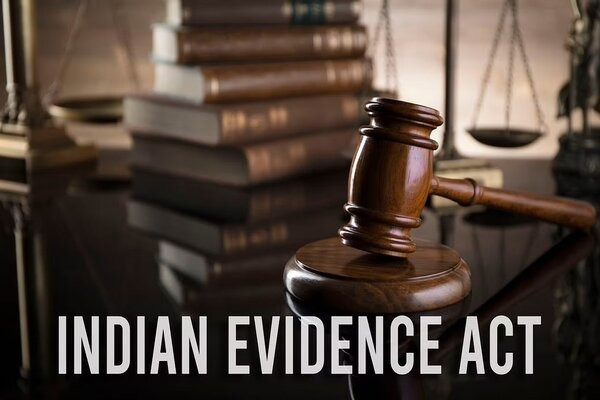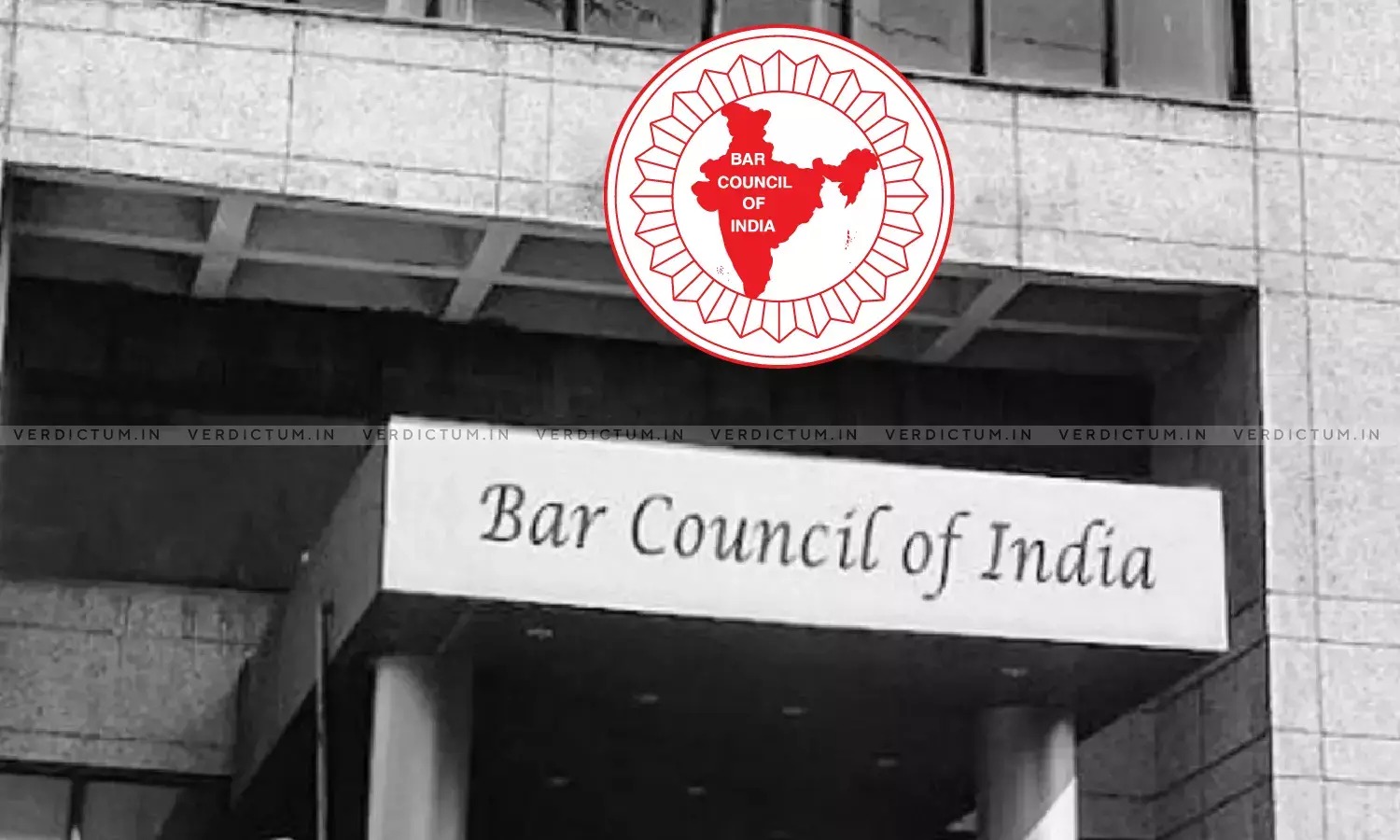Thomas P. Joseph, J.@mdashDefendants in O.S. No. 793 of 1997 of the court of learned Munsiff, Chavakkad are the appellants before me, requesting to decide the following substantial questions of law.
(a) Was the lower appellate court justified in the facts of the case in interfering with the well reasoned findings of the trial court?
(b) In a suit claiming right of easement by prescription where, at the commencement the way has only a width of 31/2 feet, can the appellate court find the existence of a way having a width of 6 feet?
(c) Was the appellate court justified in ignoring the natural and existing boundaries enclosing ''B'' schedule way, namely, old trees, old septic tank, tank, car porch, etc?
(d) Is the evidence of interested witnesses, sufficient to over ride the fact finding report and evidence of the advocate Commissioner?
(e) Has not the plaintiff lost his right of easement by prescription by his act of silence, when the septic tank, car porch & tank was constructed by the defendants?
(f) Was not the act of putting up the car porch, septic tank & tank a challenge to the open and hostile user of way by the plaintiff?
The dispute concerns a way, its dimension and user. It is not very much in dispute that the disputed way described as plaint B schedule runs along the eastern boundary of property of appellants. Mother of respondents filed the suit claiming that plaint A schedule originally belonged to her husband as per Exts. A1 and A2 (sic) that on the death of the husband plaint A schedule devolved on herself and children. The suit was filed on behalf of the children as well. Later, original plaintiff died and her legal representatives were impleaded, who are the respondents before me. According to the original plaintiff, plaint B schedule is having a width of six feet, is the only access to plaint A schedule and on account of user of the way as of right for more than 20 years, original plaintiff and others acquired a right of easement u/s 15 of the Easement Act over plaint B schedule. Alleging that appellants attempted to reduce the width of plaint B schedule by two feet by constructing a basement encroaching into the plaint B schedule, original Plaintiff sued the appellants for mandatory and prohibitory injunction. Appellants contended that there is no such way as described in B schedule though there is a way along the eastern side of their property having a width of three feet through which occasionally original plaintiff and others used to walk. Learned Munsiff, on a consideration of the evidence found that the way does not have six feet width as claimed by the original plaintiff. Learned Munsiff observed that the Advocate Commissioner noticed three coconut trees towards west of basement which was allegedly constructed trespassing into the way, those coconut trees are pretty old and it is unlikely that projecting into the road and beyond the level of coconut trees appellants would construct the basement. On that premise learned Munsiff refused to grant mandatory injunction to remove the basement but in respect of the available way, a decree for prohibitory injunction was granted. Respondents were not satisfied with the judgment and decree of trial court and filed A.S. No. 259 of 2001 in the court of learned District Judge, Thrissur. Learned District Judge held that even as per the reports and sketch submitted by the Advocate Commissioner, the way is not having uniform width, it is pretty old and the disputed basement is a new development. Learned District Judge concurred with the finding of learned Munsiff regarding right of respondents over the way and by a mandatory injunction directed removal of the basement. That judgment and decree are under challenge in this Second Appeal at the instance of defendants raising the above substantial questions of law.
2. It is contended by Learned Counsel for appellants that there was no reason for the learned District Judge to interfere with the findings entered by the learned Munsiff. It is pointed out that in view of Exts.C1 to C4 there is no warrant for the conclusion that the way at the disputed portion has width of six feet as claimed by the original plaintiff. It is also argued that it is unlikely that beyond the level of coconut trees shown in Ext. C4 appellants constructed basement projecting into the way in question. Learned Counsel would contend that mandatory injunction granted by the appellate court cannot be sustained.
3. Learned Counsel for respondents supported the finding of learned District Judge. It is also contended that the said finding being one of fact based on evidence, no substantial question of law is involved and hence this Court is not required to interfere with the finding of fact u/s 100 of the Code of Civil procedure.
4. So far as the existence of way is concerned, as aforesaid, there is no much dispute since appellants also admit that there is a way along the eastern side of their property which was made use of by the original plaintiff and others for access to plaint A schedule though according to them, it was occasionally used. Evidence on record does not show that respondents have any other access to plaint A schedule. Exhibit A1, assignment deed in favour of father of respondents is of the year, 1963. Therefore it is reasonable to think that at least from that time onwards, respondents and their predecessors-in-interest were using the disputed way. There is no evidence to show that the such user was with the permission of the appellants. When it is, shown that respondents and their predecessors in interest were using the disputed way without permission of appellants for more than statutory period it is possible to draw an inference that the user was as of right. Courts below on the evidence upheld the right claimed by the respondents and their predecessors-in-interest over plaint B schedule which does not require interference since the finding is based on the evidence on record.
5. Then the next question is regarding the width of the way at the disputed portion which is towards the southern side of the house and car porch of appellants. Though Ext. C4, sketch shows that appellants have constructed car porch towards the eastern side of the house, appellate court did not find that the car porch or the sunshade above it caused any obstruction to the user of the way. Moreover no relief is claimed by the respondents with respect to the car porch or-its sunshade and there is also no challenge to the finding of the District Judge to the above effect. Hence that question need not be gone into in this proceeding.
6. What remained is only whether the basement towards south of the car porch is a new development and is liable to be removed? True that going by Exts.C3 and C4 there are three coconut trees towards west of the basement and standing in the property admittedly belonging to the appellants. Trial court was of the view that in view of the existence of those coconut trees it is unlikely that deviating from the level of the coconut trees and projecting into the way appellants would have constructed the basement. But it is to be noted that the level of basement of the car porch is not the same as the disputed basement towards further south. Moreover it is seen from Exts.C3 and C4 that though different at various spots, width of plaint B schedule way on the north of car porch is upto a minimum of five feet. At the portion of car porch, width of the way is 4.5 feet. Excluding the basement, minimum width of the way at that portion is 3.8 feet (excluding the septic tank on the further east which is not shown to be causing any obstruction to use of the the disputed way). There also, it is seen that beyond the basement, width of the way varies at different levels. If there was a proper construction of the basement, there was no possibility of difference in width of the way at that portion. There is no rule that if the pathway has different width at different points, the lowest width has to be accepted as the uniform width. As only the basement of the wall obstructed user of pathway, other construction did not negative the right of respondents. Appellate Court considered the evidence and came to the conclusion that the basement is a new development which transgressed into the right of respondents to use plaint B schedule and it is accordingly that learned District Judge has directed removal of basement of the compound wall. That finding is based on the facts and evidence and no interference is required. Substantial questions of law are answered as above.
7. Having heard counsel on both sides, I do not find reason to saddle the appellants with responsibility to incur cost for the removal. This, I say, with a view to end the long drawn litigation which started in the year, 1997. Having regard to the circumstances stated it is appropriate that respondents removed the disputed basement and provided a compound wall for the appellants towards the east of their property in the way directed hereunder at their expense and in the presence of an Advocate Commissioner. Regular Second Appeal is allowed in part. The judgment and decree in A.S. No. 259 of 2001 of the court of learned District Judge, Thrissur is modified as follows:
While no interference is required with the mandatory and prohibitory injunction granted by the courts below it is directed that the disputed basement shall be removed upto the level of the way at ground level of the three coconut trees and a compound wall at the same height as the compound wall seen on the north of the car porch shall be constructed by the respondents within the property of appellants at a width of one brick with cement mortar and plastering on either side. The above work shall be done by the respondents at their expense in the presence of an Advocate Commissioner to be appointed by the learned Munsiff at the expense of the respondents.
Parties shall suffer their cost. All pending Interlocutory Applications will stand dismissed.

